We have passed 100 subscribers on YouTube. THANK YOU!!!

That means we were able to claim our official Messy Suitcase URL: youtube.com/c/messysuitcase
Thanks for subscribing. Share the joy!
We have passed 100 subscribers on YouTube. THANK YOU!!!

That means we were able to claim our official Messy Suitcase URL: youtube.com/c/messysuitcase
Thanks for subscribing. Share the joy!
Vieques, an island off the eastern shore of Puerto Rico, offers a huge variety of beautiful snorkeling opportunities. Dive in and join us!
Ever wonder where chocolate comes from? It starts its life inside a pod that grows from a plant called cacao on a lush mountainside in a wet forest in the tropics. How do I know? I went there to find out.
We recently visited Finca Hekiti (Finca means “farm”, Hekiti means “one” in the Taino language) for an educational experience in a cacao forest in the Las Marias Mountains west of Mayaguez. In addition to learning the farming practices used on an agro-ecological site to grow and harvest fine-grain cacao, we learn about the importance of agroforestry, permaculture, and nature conservation.
Our tour guide was Ricardo, who purchased these four acres of extremely hilly, lush land with his wife Vivienne in 2014.

Ricardo, a tall, rangy man with a curly beard, taught us that cacao doesn’t grow in neatly tended rows, like you’ll find on a farm, but as part of a symbiotic forest ecosystem. It nestles among other trees, many of them bearing fruit such as bananas and oranges, and plants that all have their own roles. The cacao tree does need to be pruned and maintained, but there is no irrigation. It gets sun and water at the whim of nature, including enduring a six-to-seven-month-long rainy season every year. Ricardo explained how he uses a process called grafting to improve new plants and make existing ones stronger.
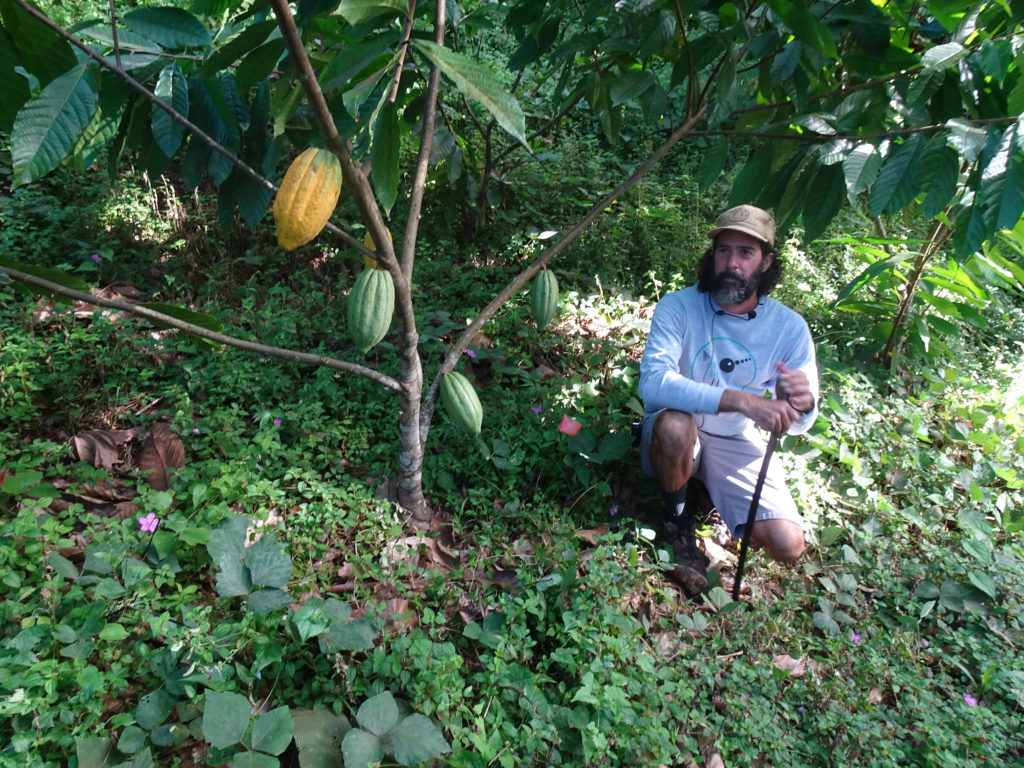
He took us on a half-mile hike around the extremely steep and windy agroforest, stopping frequently to show us medicinal plants and explain their purposes (in addition to letting us smell and taste them). We chewed a plant that numbs the mouth, and one that is used for brushing teeth!
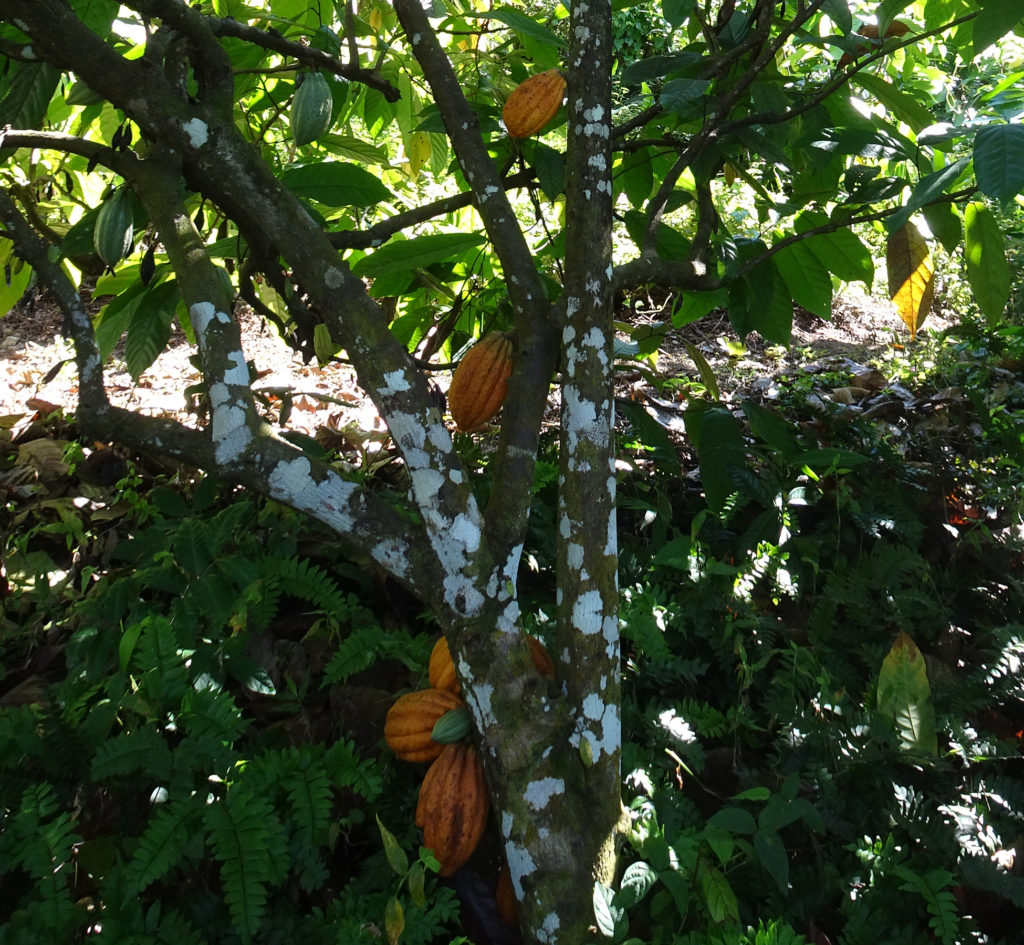
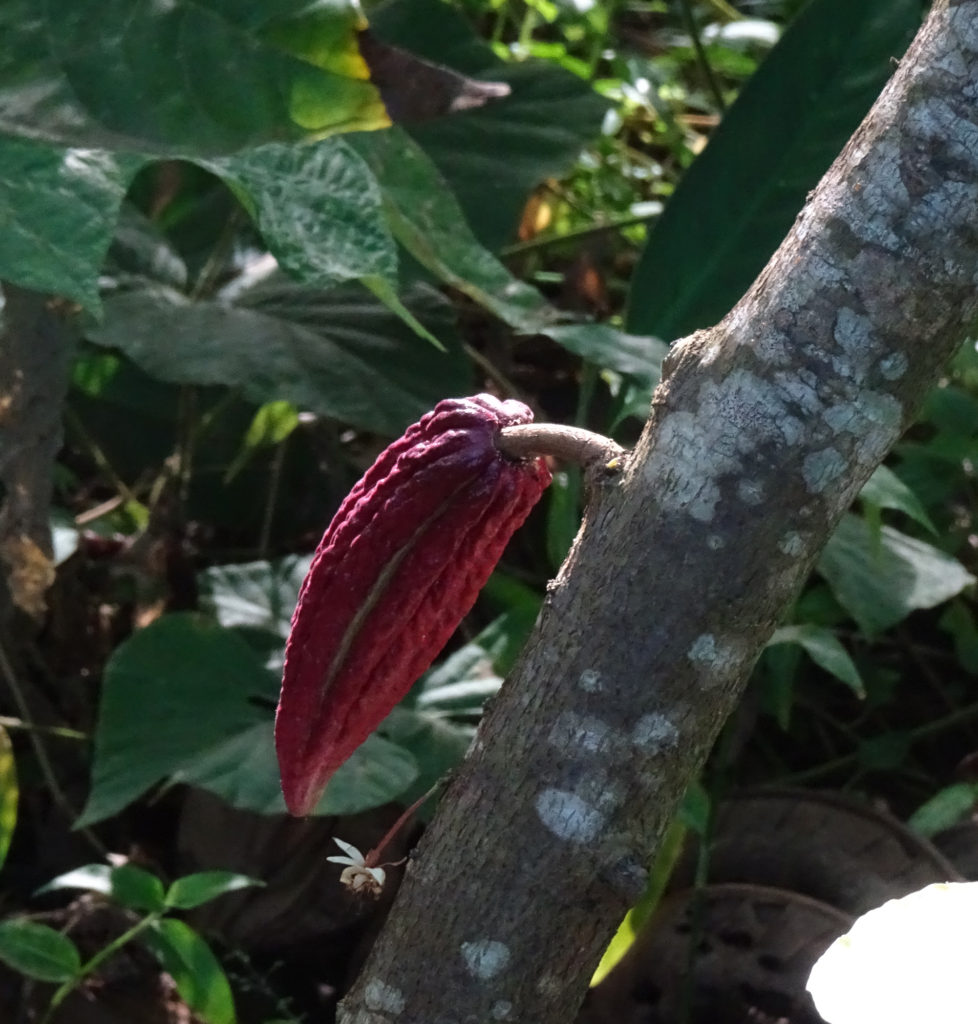
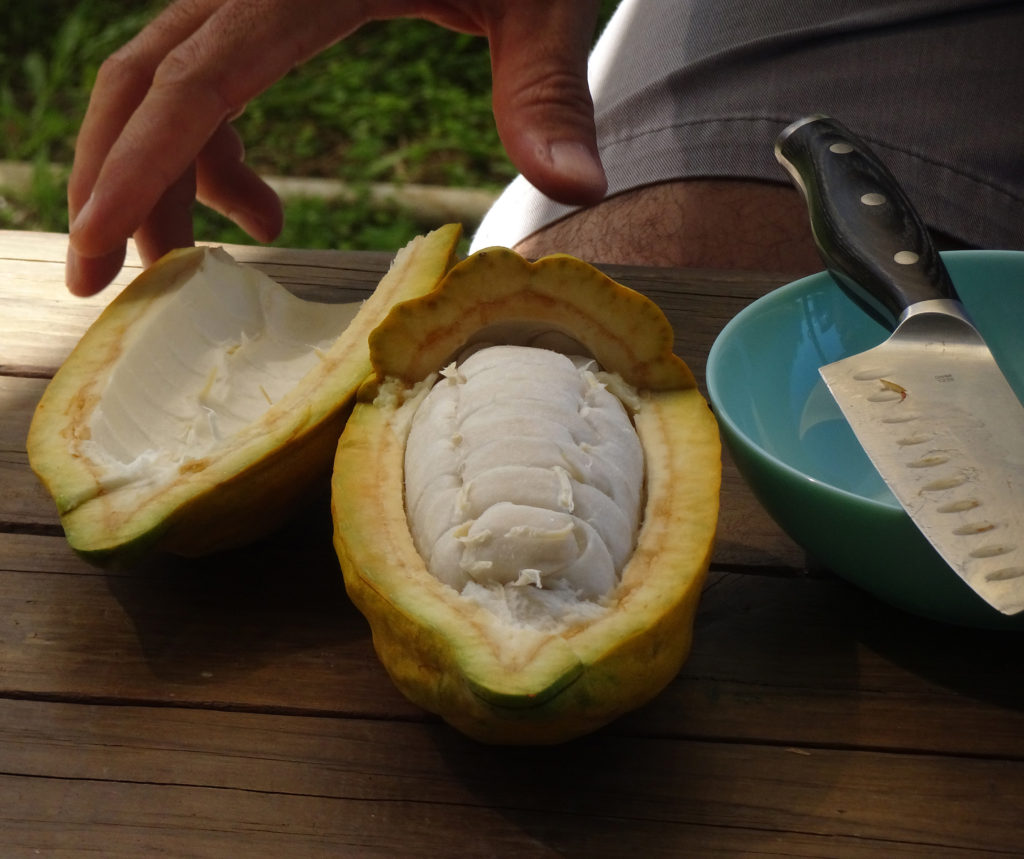
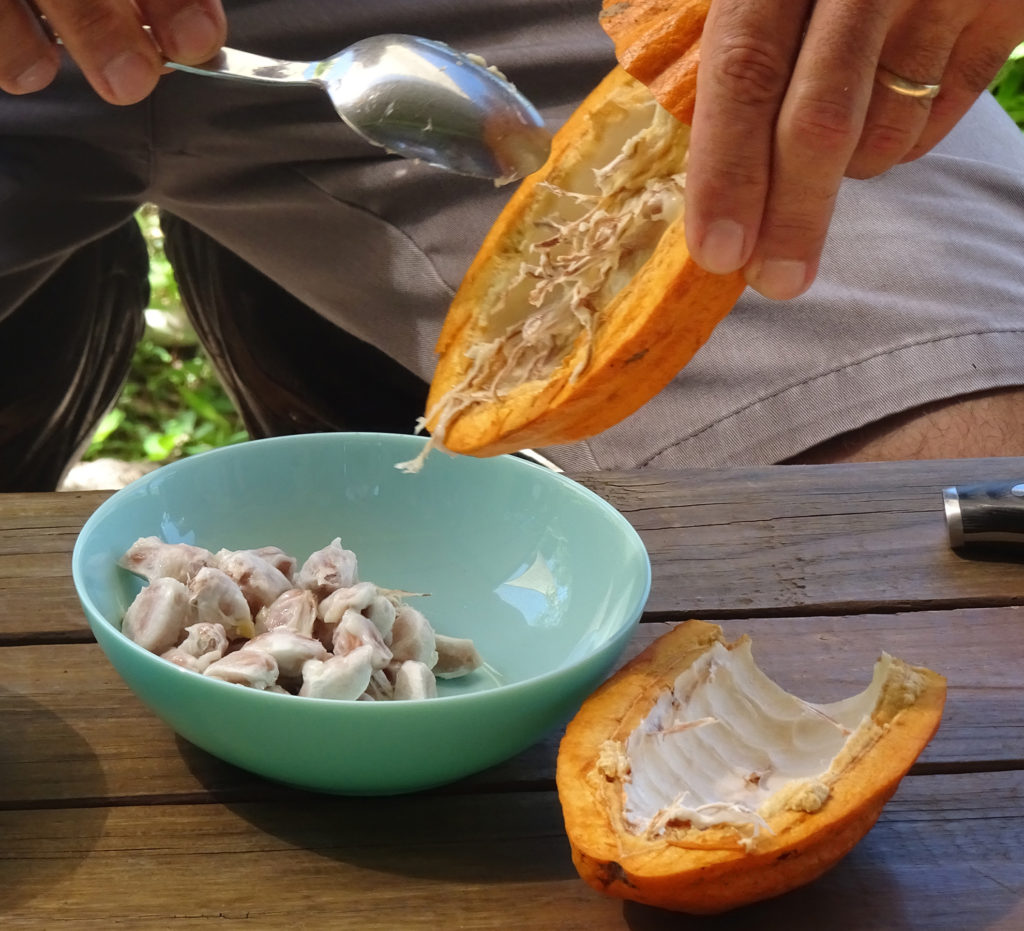

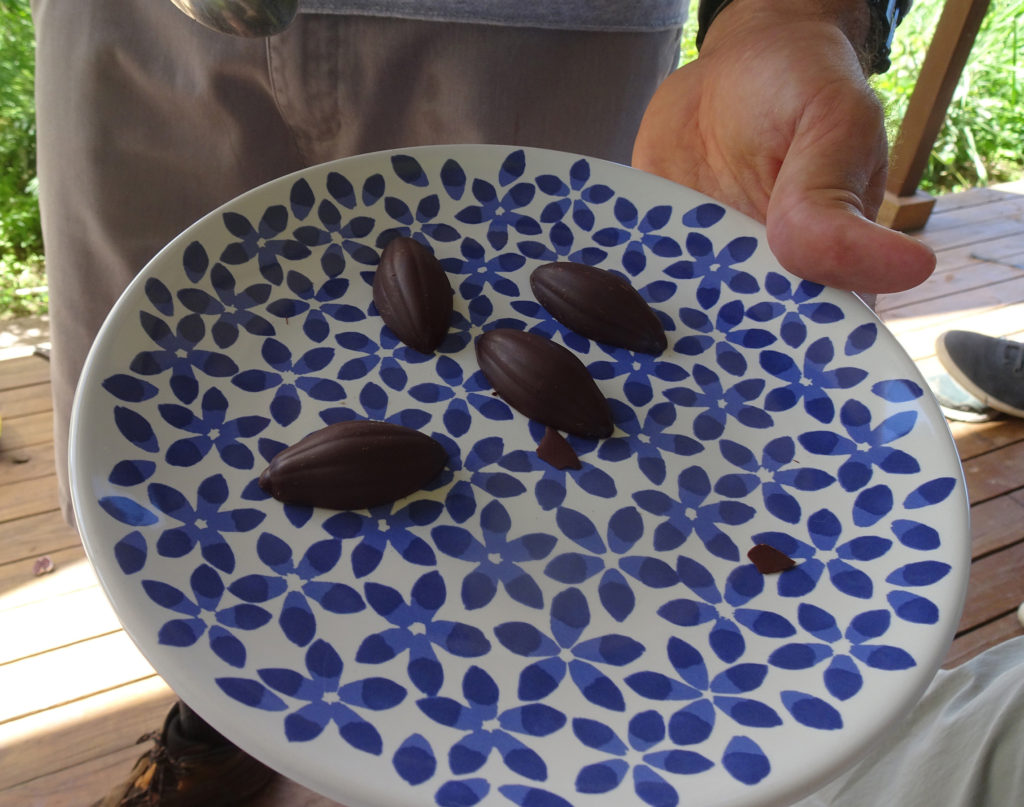
We tasted dark chocolate with hints of cinnamon and cayenne pepper. Delicious!
Finca Hekiti doesn’t process the cacao, so we didn’t get to watch him turn the cacao beans into chocolate. That actually takes a long time, including fermenting, drying, winnowing, roasting, and flavoring. He is planning to produce cocoa nibs, which are small pieces of crushed cacao beans that have abundant health benefits. Learn more here.
If you’re ever in Puerto Rico, you can find this tour through AirbBnB Experiences or on the Finca Hekiti Facebook page. The cost was $25 each, plus tax, quite reasonable for 3 1/2 hours.
Why do I love kayaking? It’s hard to explain, but today’s excursion on the Caribbean Sea really has me thinking about it. Let me try to explain.
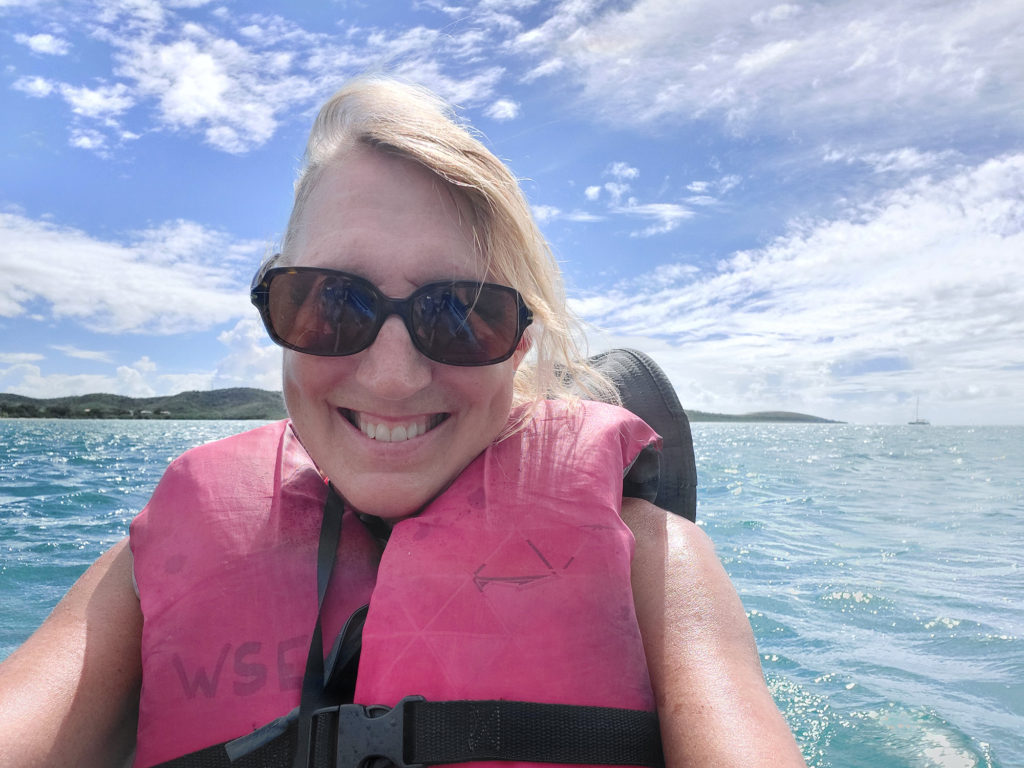
I have spent the past two summers on Lake Rescue in Vermont, where I spent hours paddling around that 200-acre body of water in the Green Mountains. Nowhere do I feel more at home than tucked into my little orange boat, floating in the middle of Lake Rescue.
But that watery home was always changing, a metaphor for life, I guess. Sometimes I would slip out of bed at 6 AM and waft my boat into the early morning fog, beckoned by the haunting calls of the loons. Sometimes I would escape my family (this was the pandemic, after all) for some quiet time to myself after dinner, and watch the bald eagle father interact with his child as the sun set over the lake.
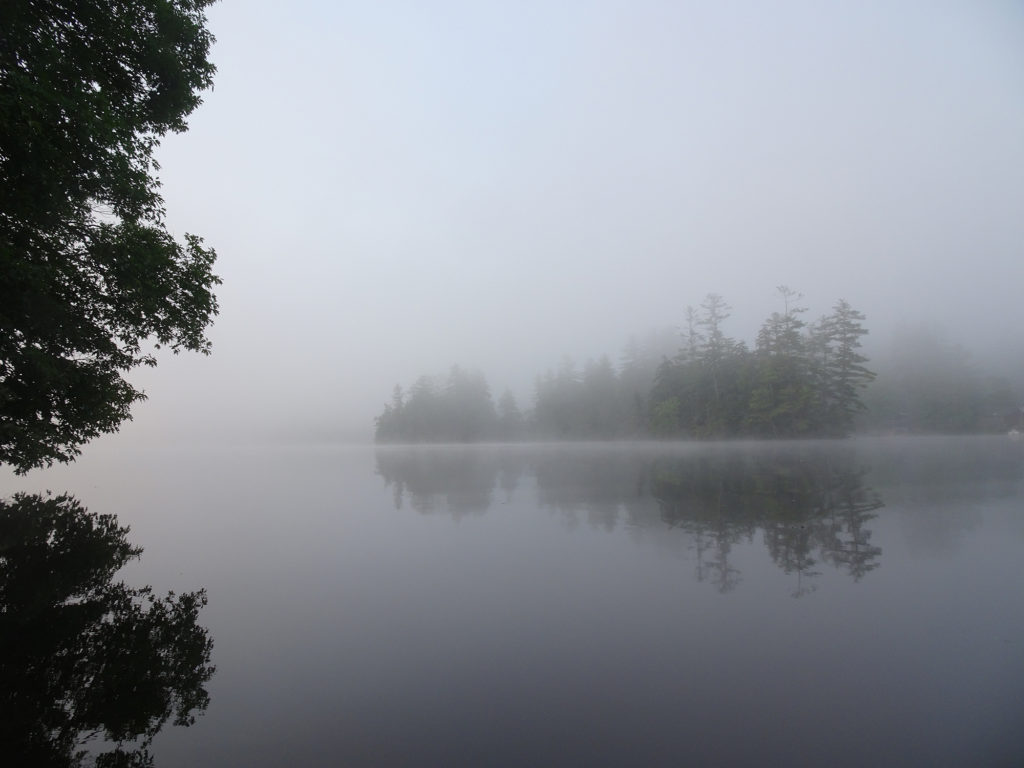
Sometimes I would kayak fiercely down to the Red Bridge at the far end of the lake, only to see a storm coming in that would soak me as I fought the winds to get home.
On weekend afternoons in summer, I would soak up the energy of my neighbors as some people water skied, another set up a lemonade stand on the family dock, kids dove off platforms out on the water, and a giant inflatable pink pelican bobbed up and down.
Come fall, the people would leave, and Lake Rescue would become a place of peace and solitude. Most of the local birds would leave, but then visiting ones would arrive, stopping for a few days here and there on their way south, sometimes providing a thrilling show.
Kayaking in Puerto Rico is a completely different animal. We’re currently living in the southwest corner of the island, and the Caribbean Sea is an impossibly glorious shade of turquoise, or deep blue, or aquamarine, depending on the angle of the sun and the invisible organisms living in the water. The sea itself is a living being, breathing in and out onto the shore. Its waves can welcome your boat and gently accompany you on your ride, or they can toss you around, throw up obstacles, and remind you that you are a tiny speck on a huge ocean.
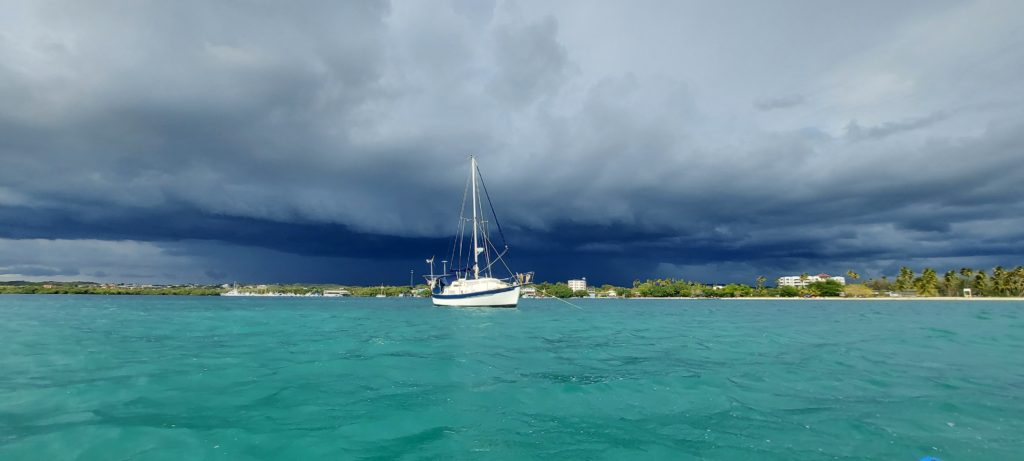
Kayak out a ways from shore and the world looks different. The palm trees wave from a distance. The sky becomes huge. Sometimes it grows angry, and besets you with torrents of water. It slaps you and resists you and makes you feel small and powerless.
Sometimes it teases you with beautiful weather, only to reveal its true nature when you’re far from shore and see the black clouds moving in, the ones that were hidden from view when your feet were on land. The waves grow restless. The thunder rumbles. The surging water decides which way you will go. White seabirds glow as they soar above you, reflecting the sun to your right, a stark contrast to the black clouds to the left.
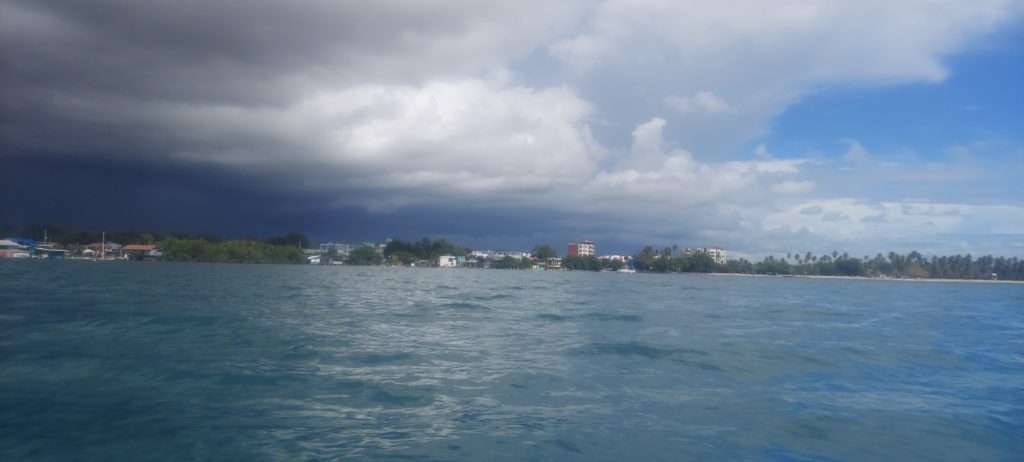
The views are spectacular. Sailboats pose in front of black skies like supermodels strutting down a runway. You want to take pictures, but the sea takes your boat where it wants while you are focusing and shooting. You wrest control back from the sea as best you can — you, an insignificant mortal, vs. the sea, the turquoise lifeblood of the planet.
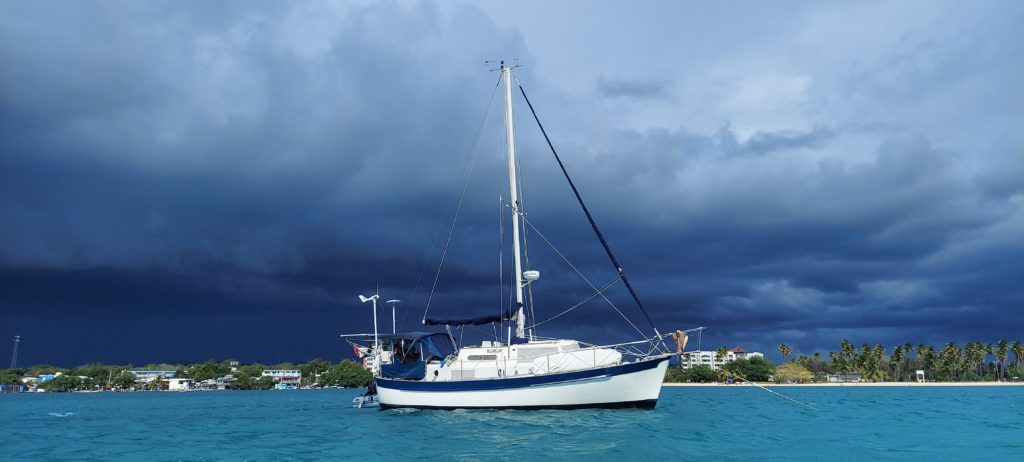
A rogue wave hits you. You are covered with water. It’s all over you; it’s around you; it’s under you. You are soaked. The sea is still restless. The strong wind pushes your hat off. You are glad you don’t have shoes; your bare feet are connected to the plastic boat. You keep paddling. You are soaked but still upright. You feel invigorated. You lean back in your seat, put your feet up, stop paddling, just experience the moment. Out in the middle of the sea. Water all around you. Sun above; storm approaching. You are part of the ocean. You are inside the water. You are physically connected to the planet.
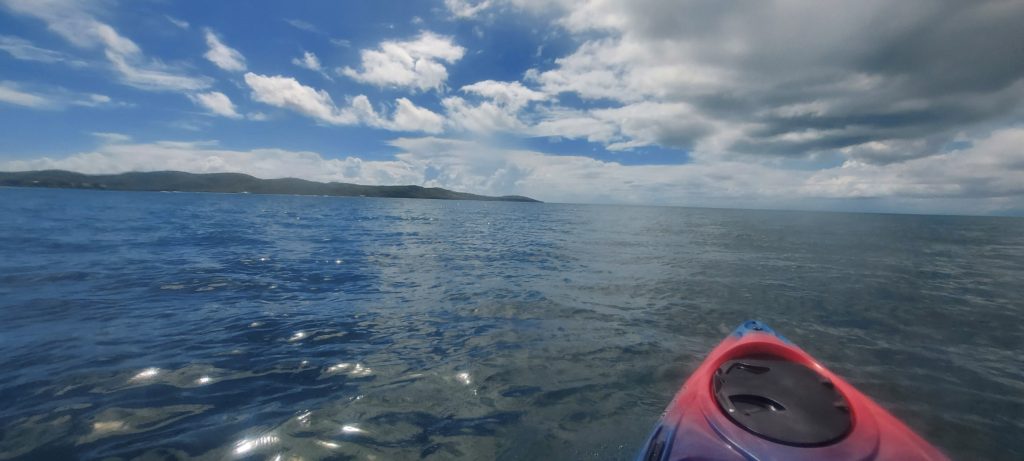
One paddle, two blades. Dip left, dip right, left, right, one fluid movement. Get a rhythm and fly across the water. Or not.
This is why I love kayaking.
Who would expect to see so many kinds of cacti on a tropical island? We were intrigued to view the turquoise waters of the Caribbean Sea from a desert trail in Guánica State Forest, on the southwest end of Puerto Rico.
A United Nations International Biosphere Reserve, the Guánica State Forest, also known as Guánica dry Fores , is one of the most extensive tropical dry coastal forests in the world, totaling around 9,000 acres. It’s a paradise for birdwatchers, and we saw many. Read all about it.
Enjoy Bob’s video of our 3.7-mile hike along the rocky coast and through the desert.
Our day spent hiking and beaching also presented us with captivating flora and fauna! Lisa took a few pictures of her favorites, especially the red-billed oystercatchers. She guessed the name after watching them in action!
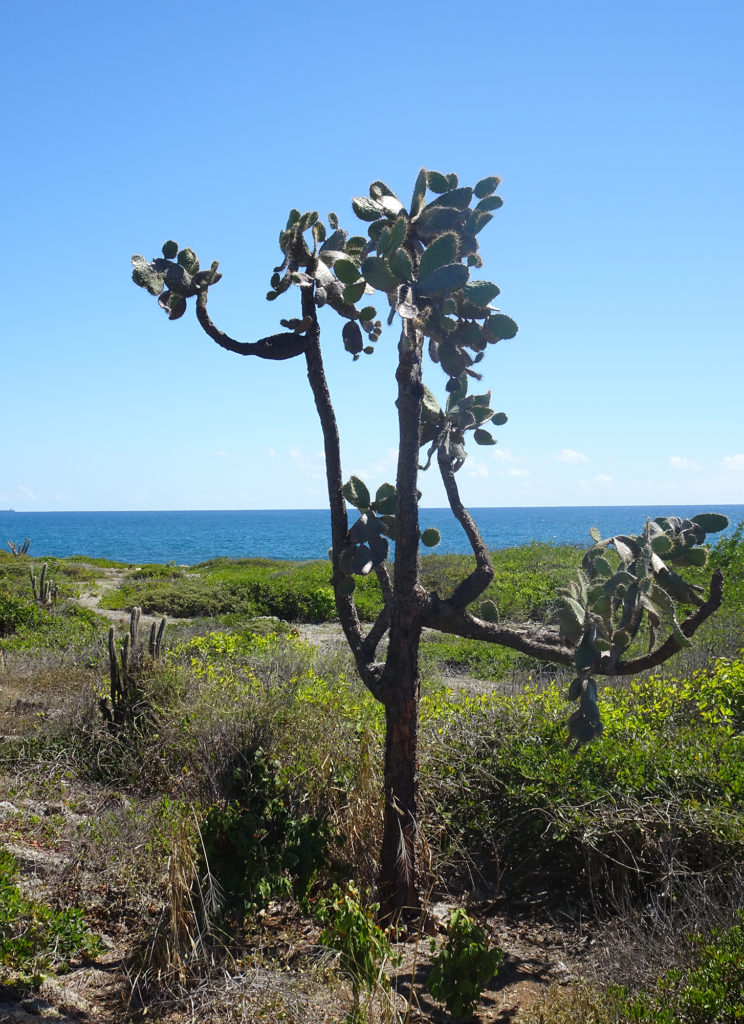
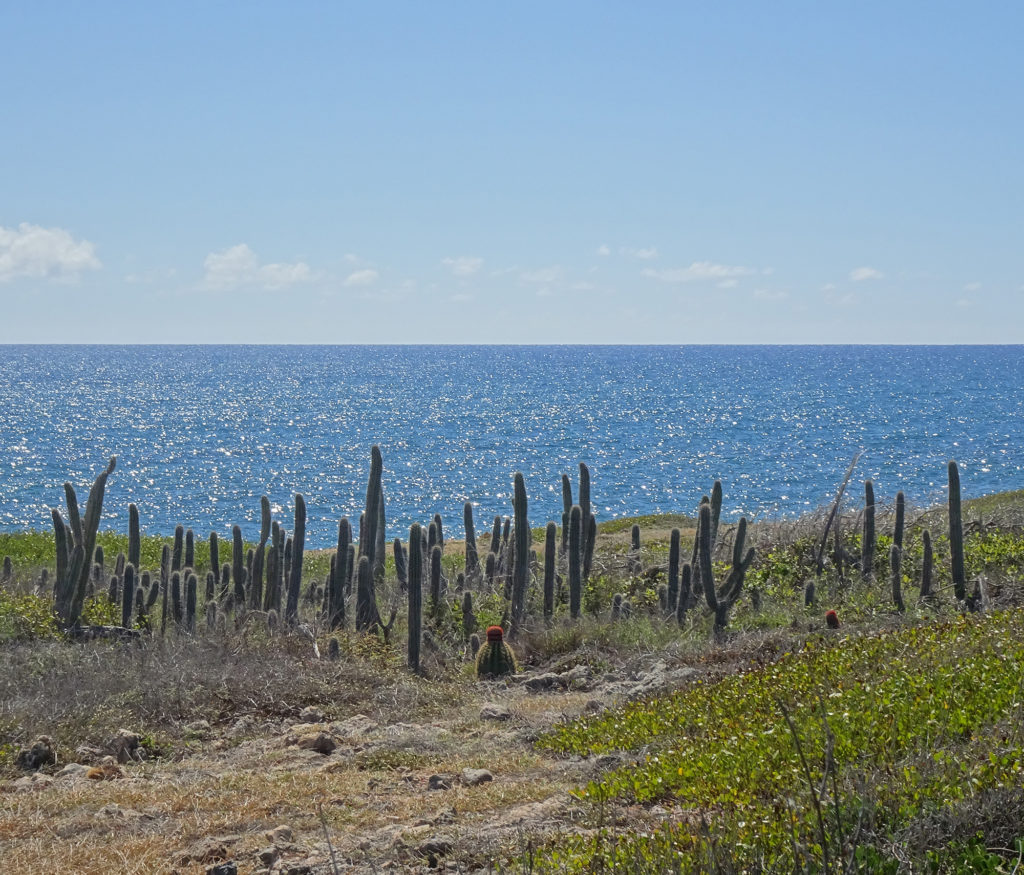
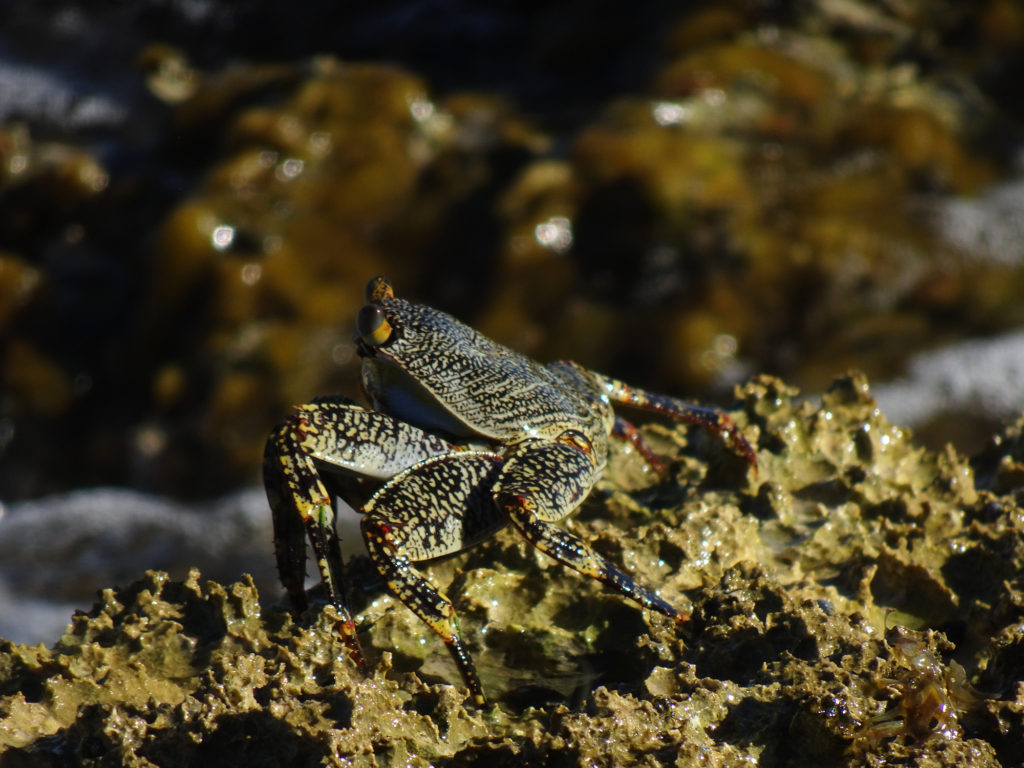
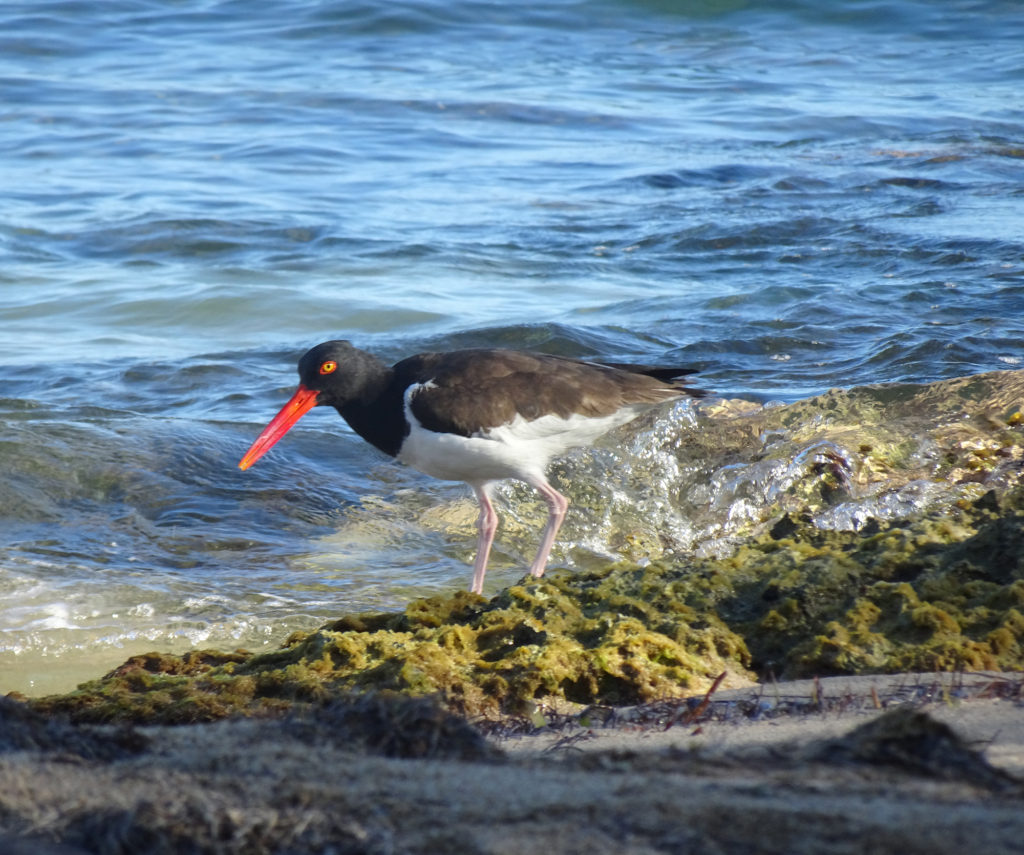
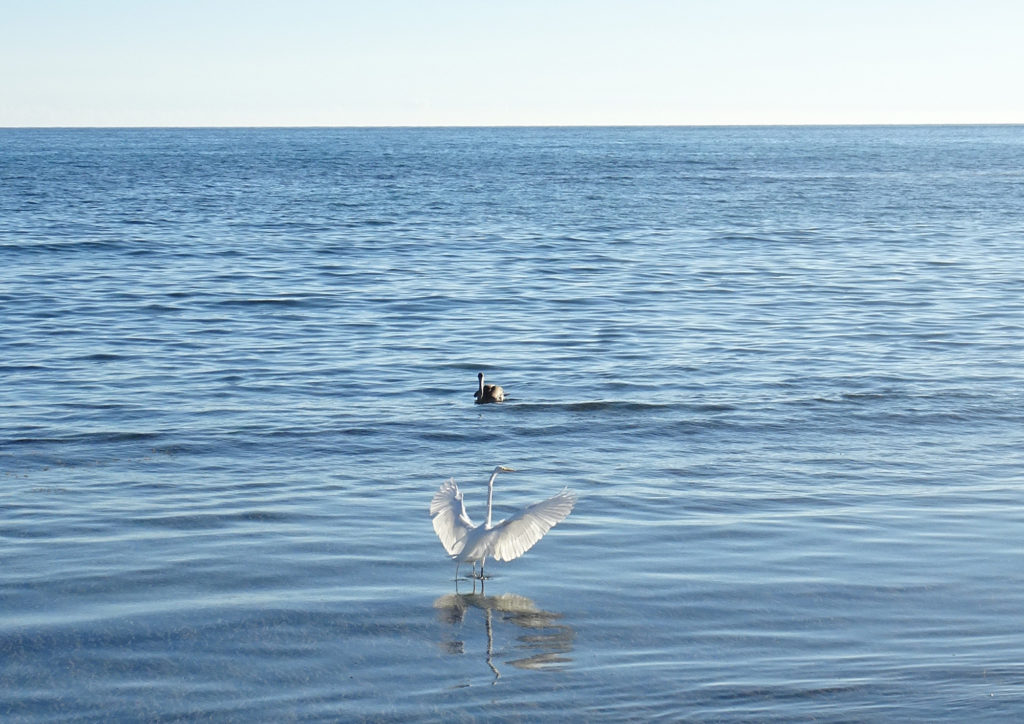
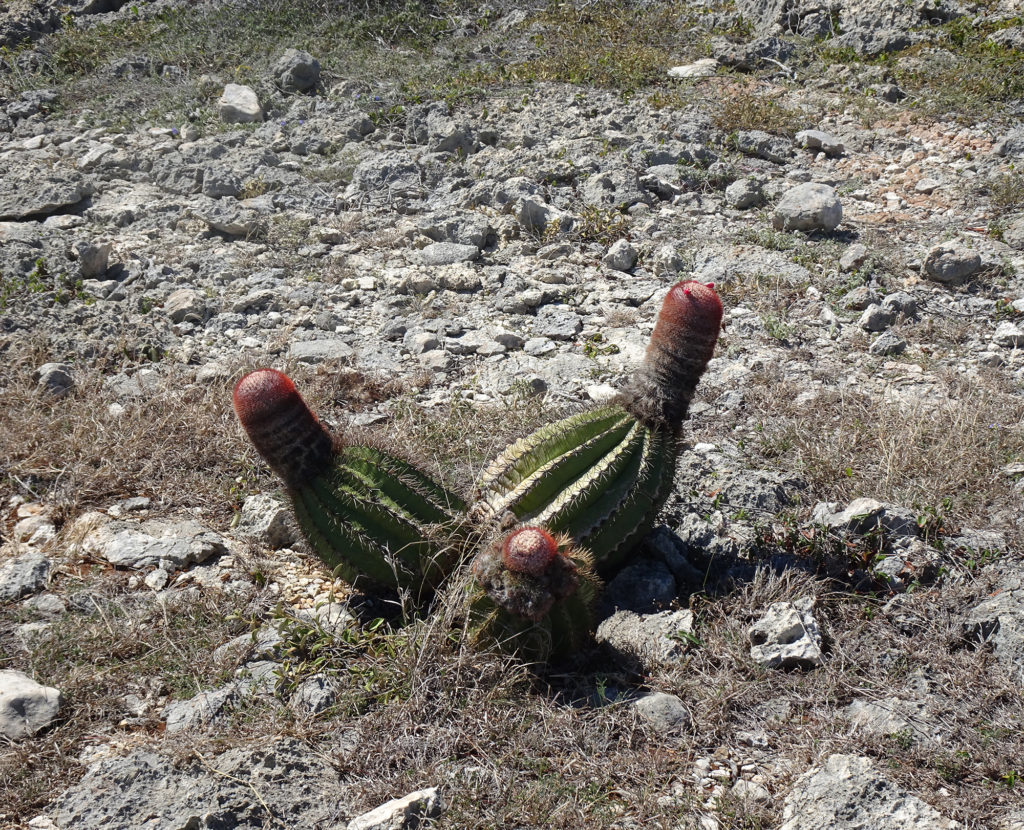
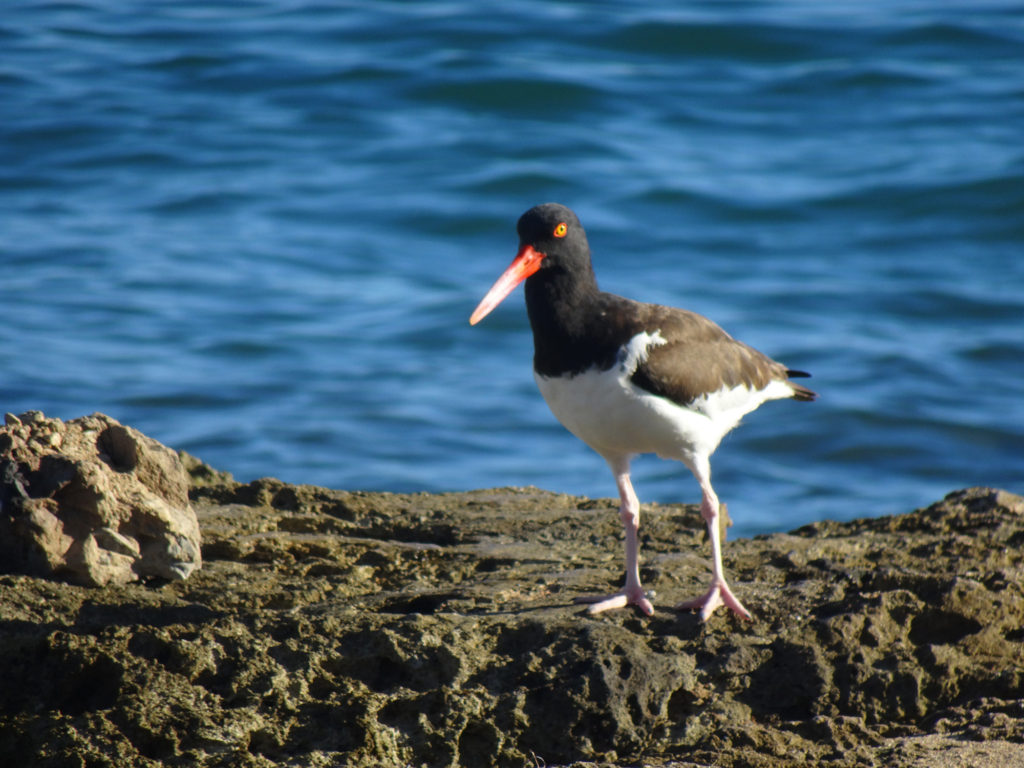
A hike in the nature reserve around the Cabo Rojo Lighthouse (Los Morrillos) served us up spectacular vistas, with stomach-dropping white and red cliffs, fascinating rock formations, crystal-clear Caribbean Sea, and even cacti!
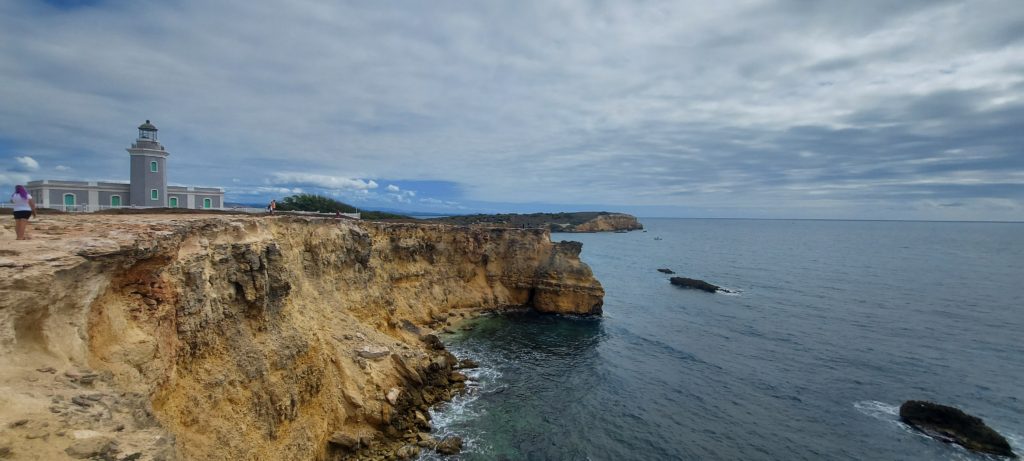
We found the loop trail, part of the Cabo Rojo National Wildlife Refuge, on the All Trails app. It took us around the rocky coastline of this peninsula, then past the salt flats, before dumping us out on Playa Sucia, or La Playela, a gorgeous beach.
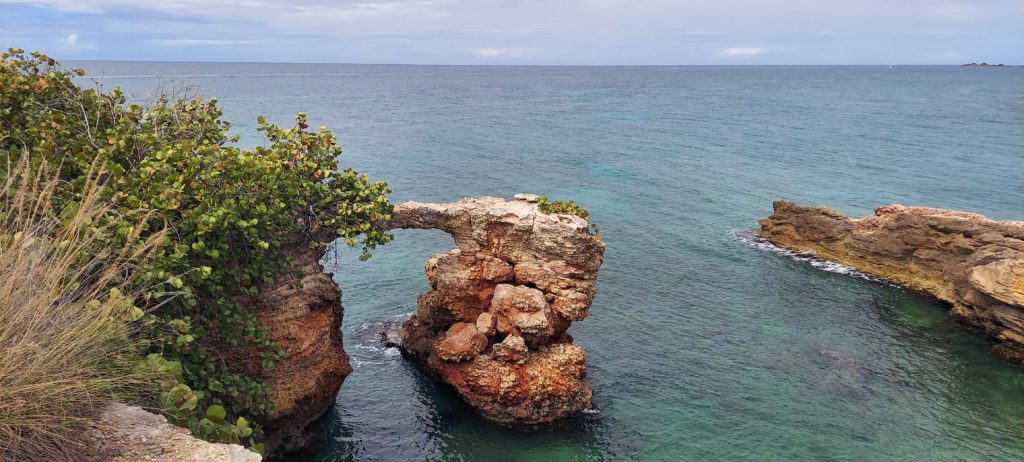
It’s located on the southeastern point of Cabo Rojo, on the Morrillos Peninsula, in the southwest corner of Puerto Rico. Learn all about this destination at the Discover Puerto Rico website.









Make sure you come between 9 AM and 5 PM, because the park rangers lock the gate!
Our tour guide and mixology master Joisa made learning to mix mojitos and piña coladas at the Bacardí rum factory a party! Did you know that piña coladas originated in Puerto Rico? Pour yourself a glass of rum and join us for the class!
After a month in cold Washington, DC, we are back in Puerto Rico, where Covid is relatively low and everyone wears masks, even outside. Where the weather is warm so we can eat out safely. Where the beaches are lovely and the people are so friendly.
Our first stop is the village of Cabo Rojo, in the southwest corner of PR. The drive from San Juan was 2 hours and 15 minutes. We’re staying in an apartment in the historic center, right next the the Alcaldía (City Hall) and two blocks from the Plaza in the center.

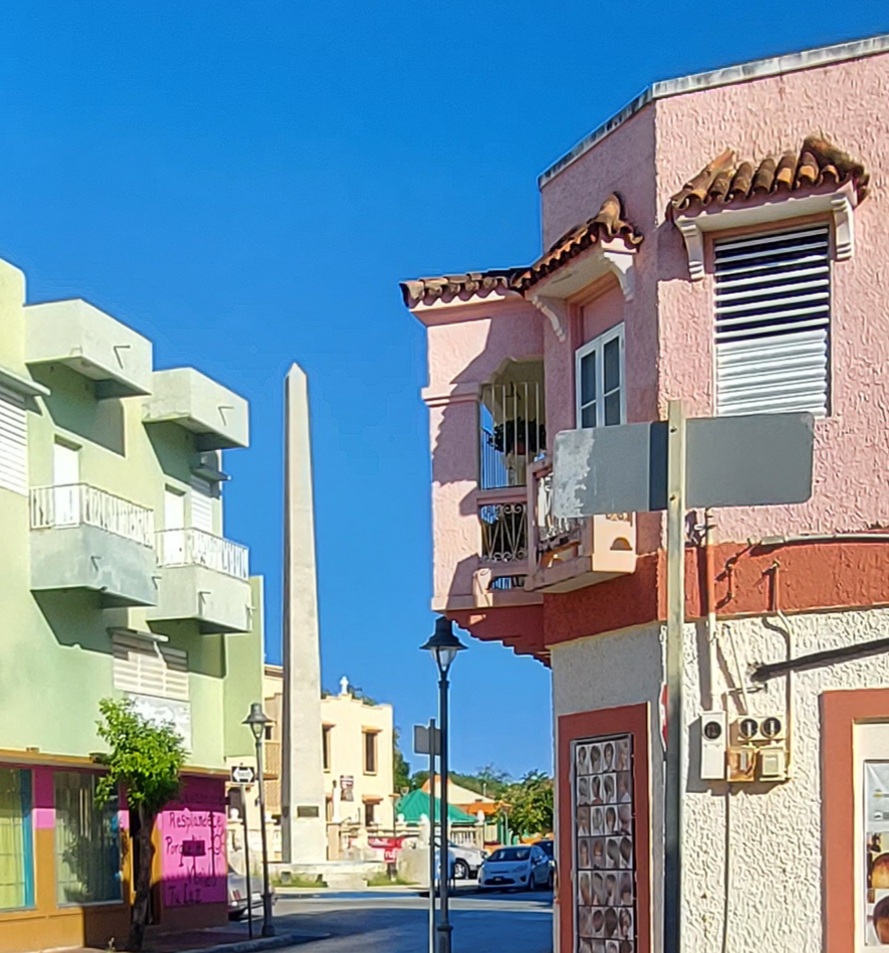
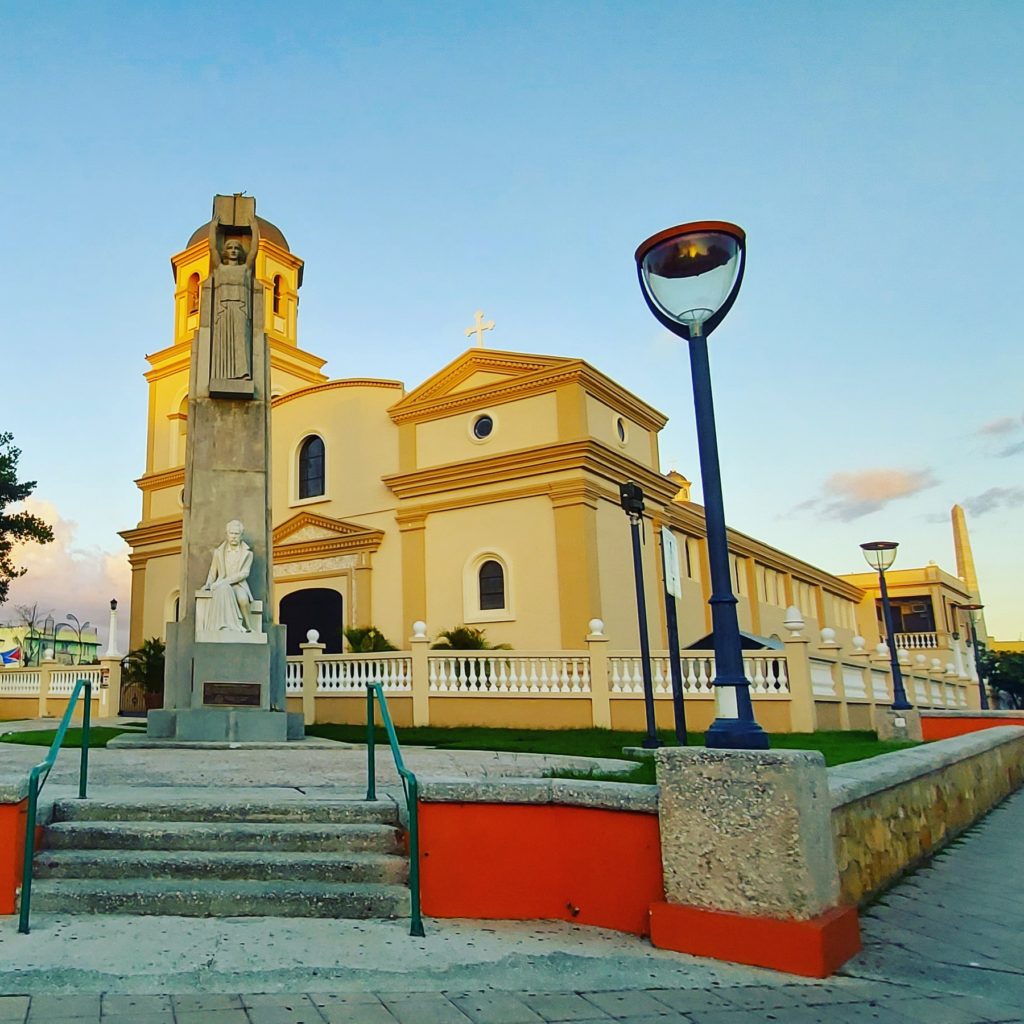
A number of beaches can be reached in 15 minutes or less by car, and we plan to explore as many as we can over the next month. We also plan to do a lot of hiking, find some new boutique distilleries, visit new cities, and experience life off the beaten path.
Yesterday we spent the afternoon at Playa Buye, a small local beach ten minutes away. It was adorable, and remarkably crowded with Puerto Rican families for a weekday. There were a couple of bars, a waterside concession, and a number of cinderblock cabins. It was lovely until the rain came.
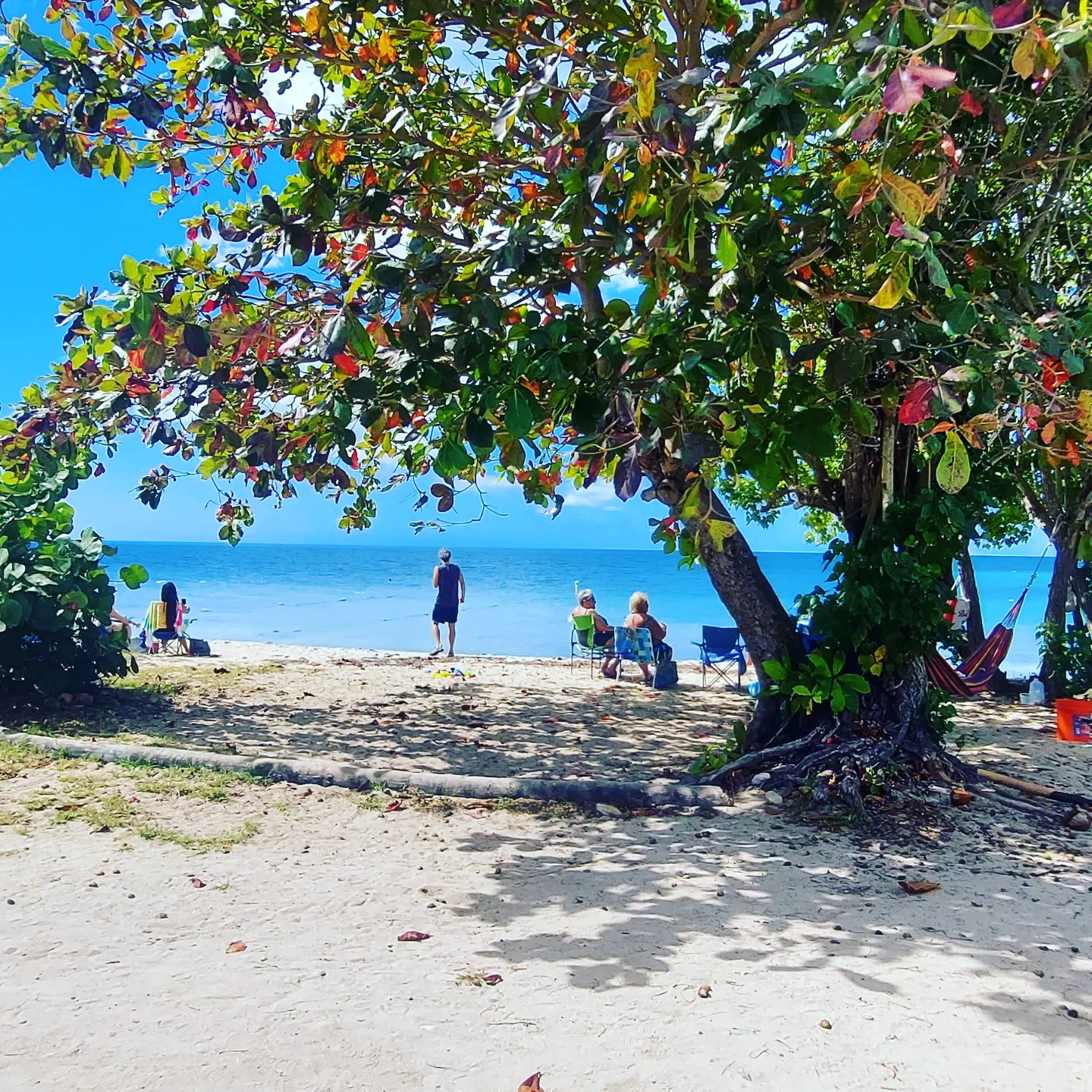
Today we’re visiting Balneario (Public Beach) Boquerón, and it’s perfection. Three miles of pristine sand and turquoise bay. Hardly any people.
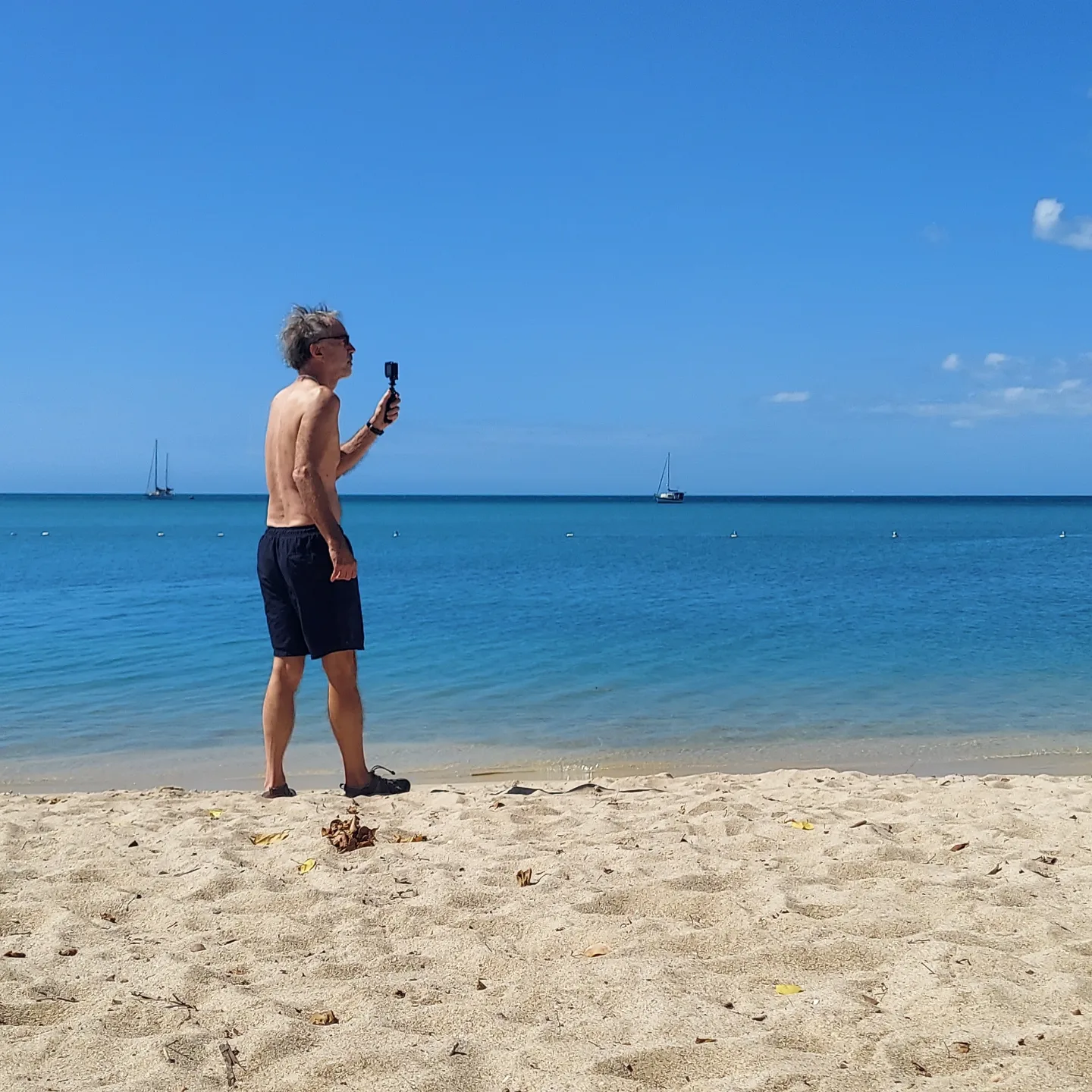
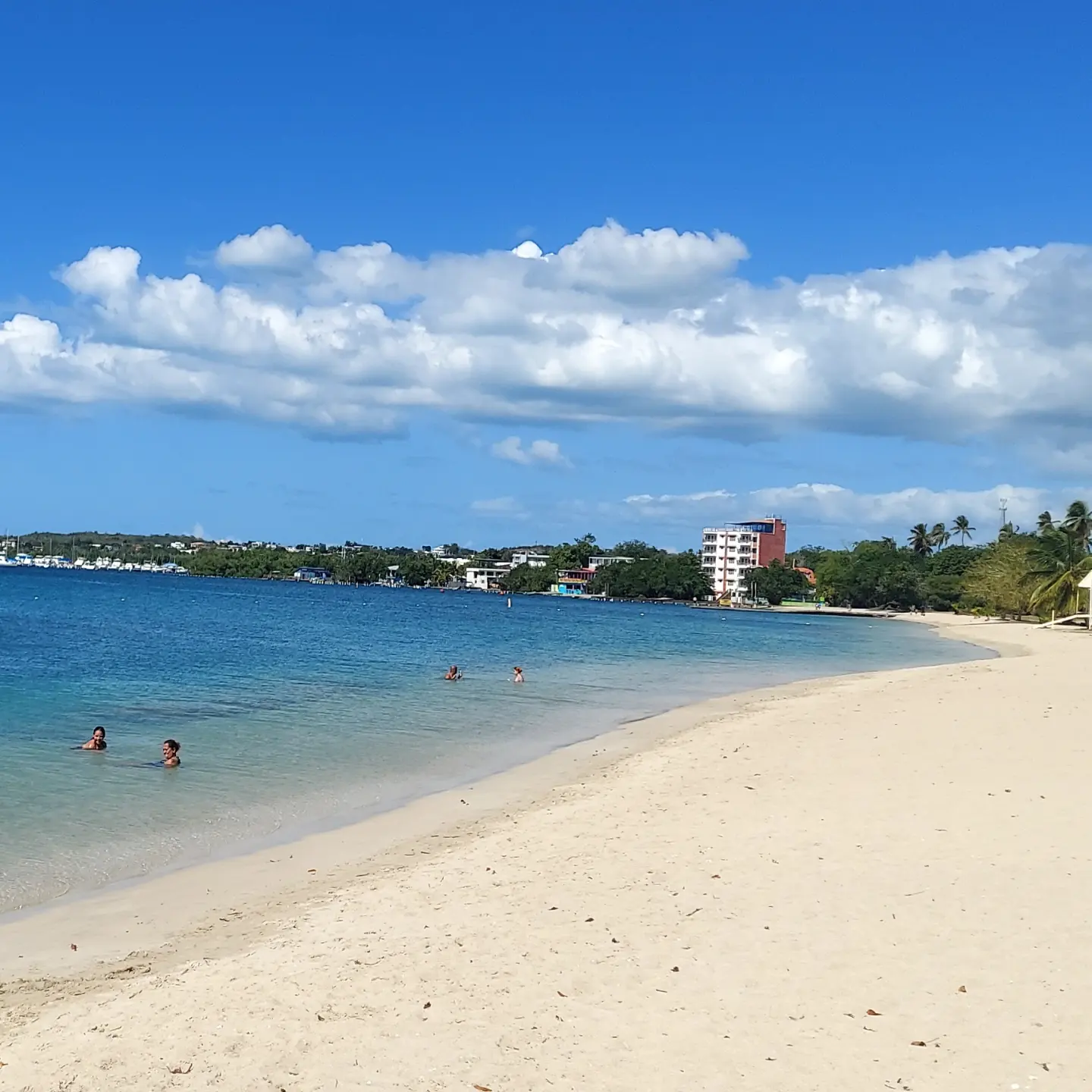
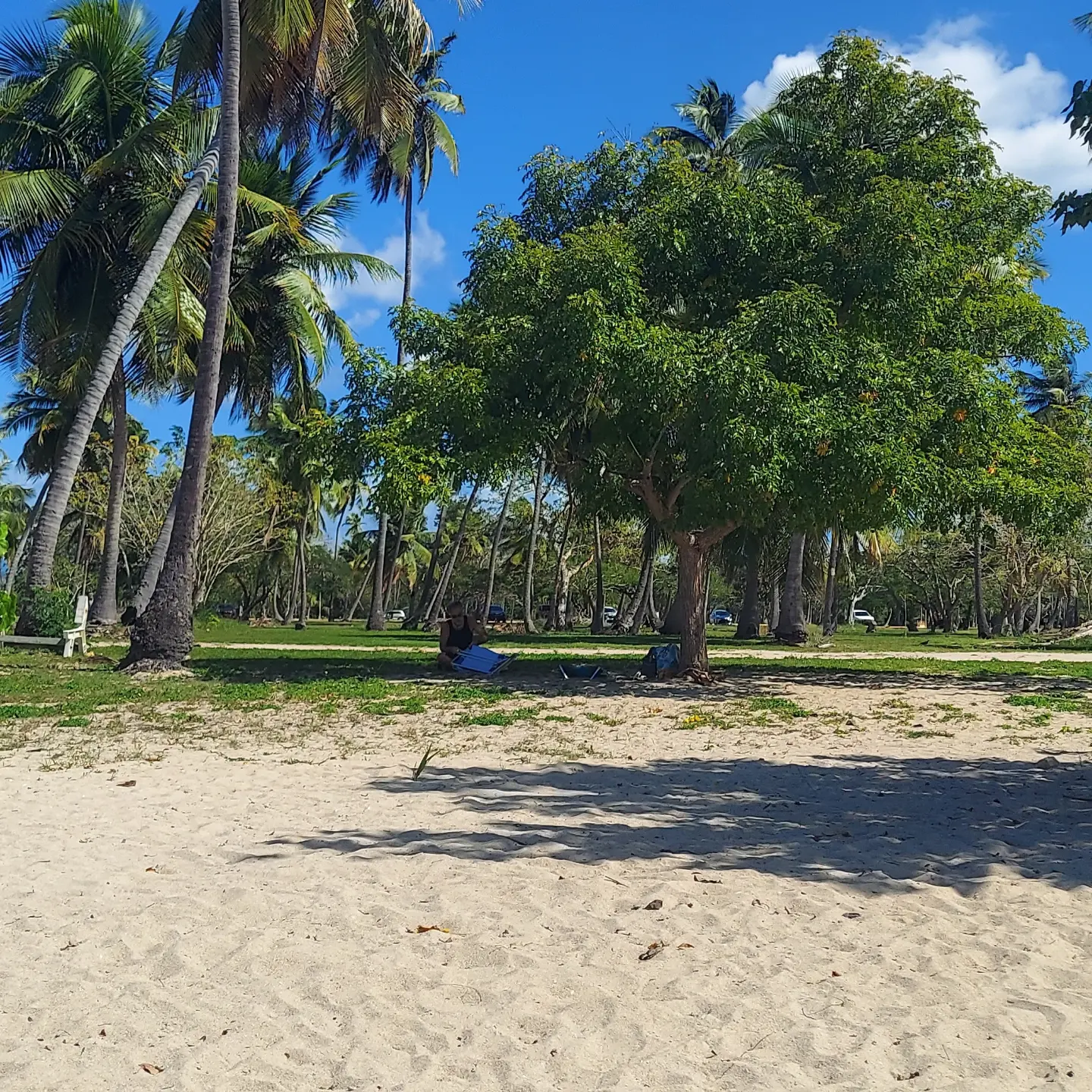
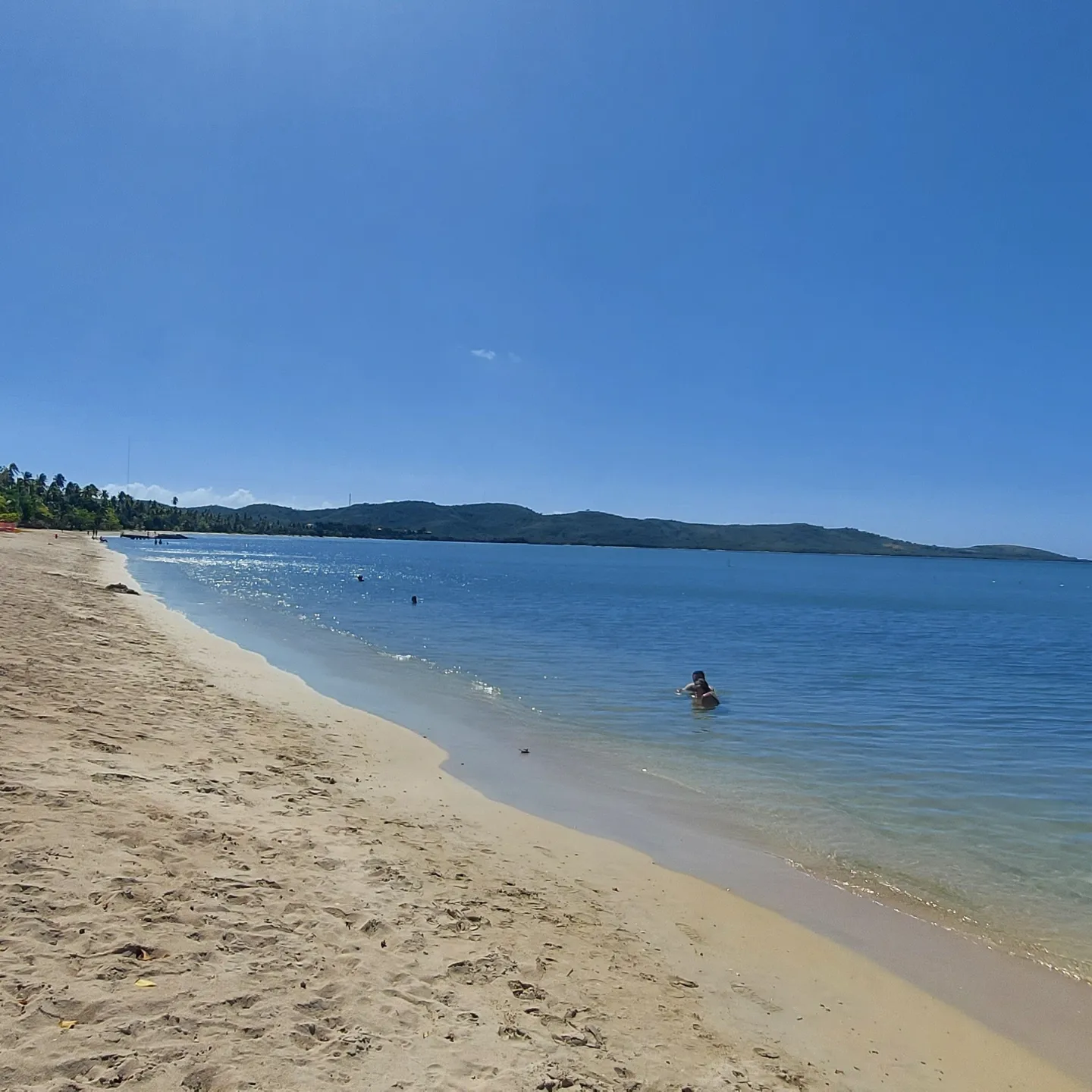
Who knows what tomorrow will bring? Check back to find out!
We spent three days exploring Culebra, 12 miles off the east coast of Puerto Rico. It’s hard to believe that this tiny island – world-renowned for its pristine beaches, incredible snorkeling in turquoise water, and vibrant underwater landscapes – used to be used by the US Navy for bombing practice.
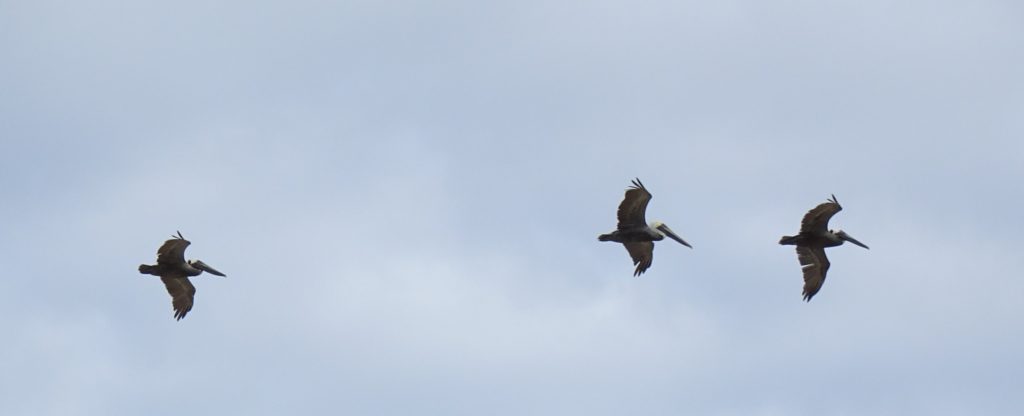
Culebra totals just over 10 square miles, and served as a U.S. Naval base until 1975. That’s why you can still find a couple of rusting World War II tanks there, detritus that has been reimagined as art by Culebrans. You can read all about the tanks in this article from Atlas Obscura.
The flight alone was spectacular.
More than 20% of Culebra is preserved as a National Wildlife Refuge, which serves as a habitat for endangered sea turtles and seabirds, among other creatures. The flight in and out literally takes your breath away as you behold soaring mountains, dappled clear waters, and lush forest.
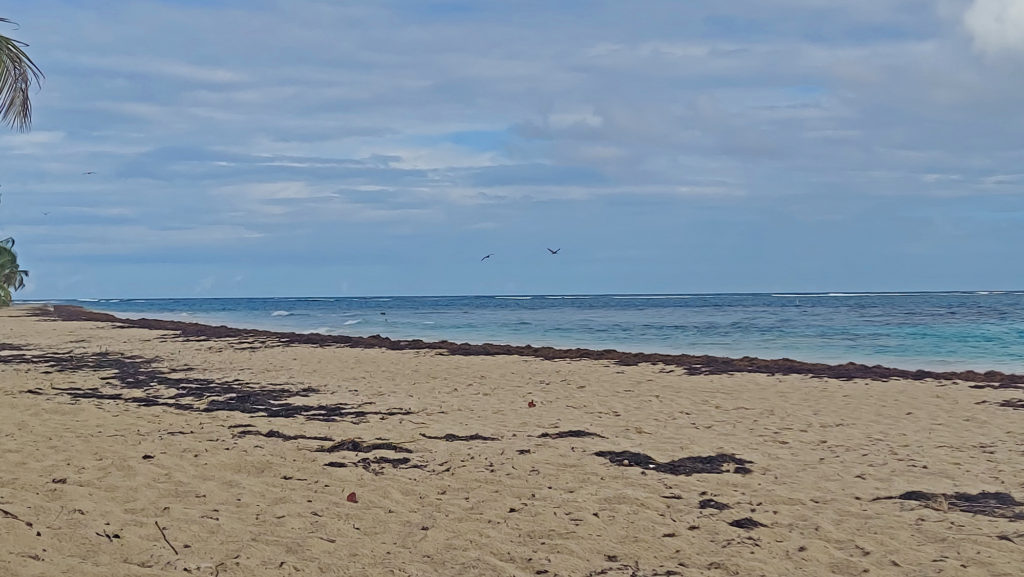
If you’re looking for natural beauty, come visit. If you’re for nightlife, go elsewhere.
Culebra
Puerto Rico Ferries
Messy Suitcase Snorkeling Culebra (Snorkeling Series Video #1)
Gypsea Mermaid Guesthouse
Dinghy Dock Restaurant
Vieques Airlink

It’s a new year — thank God — and despite the inconvenient evolution of Covid-19, Messy Suitcase plans to forge ahead with our traveling life this year, as safely as possible. We hope you will come along for the ride! We plan to continue helping our friends and followers stay abreast of what we’re doing with our creative retirement.
Whether you love to travel or just want to live vicariously through our adventures, we hope our journey will inspire you to think differently, to look at life through the prism of possibility, to get out there and explore!
We’re in Washington, DC, till mid-January, enjoying holidays with family and college break with our son Gavin and his cat, Ellie, and exploring the Nation’s Capital.
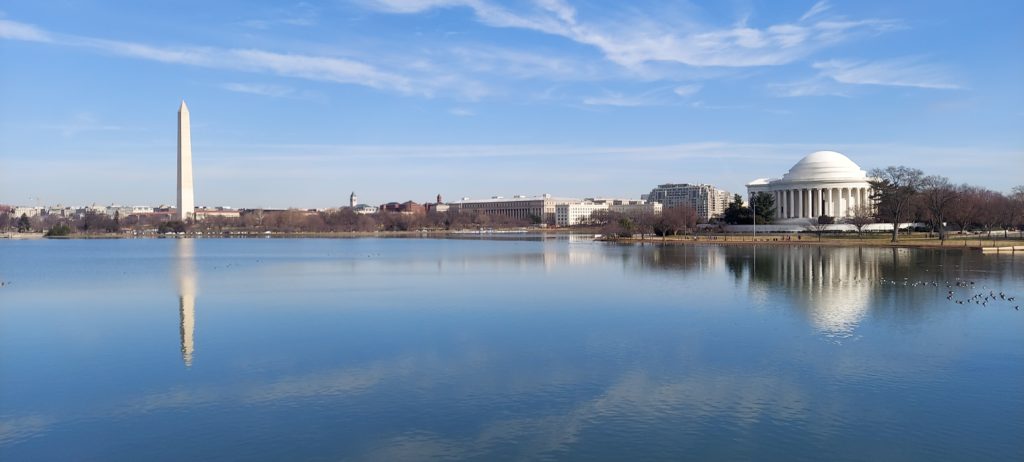
When Gavin goes back to Champlain College in Vermont, we will return to Puerto Rico. Why? Because international travel is just too difficult with Covid spiking, and Puerto Rico is a warm, lovely space to spend the winter. We lived here in the mid-1990s, and being back this past fall has felt like returning home.
1st Stop: Cabo Rojo
We will spend our first month living in the beach town of Cabo Rojo, on the SW coast of Puerto Rico. Cabo Rojo puts us within a short drive of a number of stunning beaches with excellent snorkeling, La Parguera with its bioluminescent bay, towering limestone cliffs, idyllic nature reserves, creative restaurants, and so much more! It will also give us a sense of really town living, Puertan Style. the town square is just around the corner.
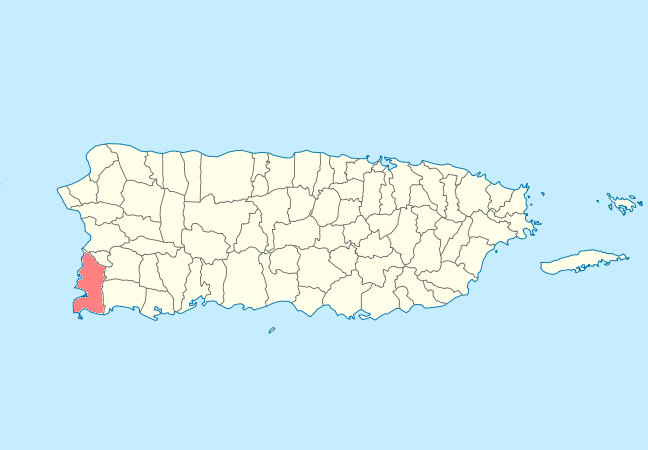
2nd Stop: Isabella
After a month, we will travel to Isabela, on the northeast coast. We will stay in a resort condo community right on the ocean, with a cycling trail nearby, and access to a number of surfing and snorkeling beaches.
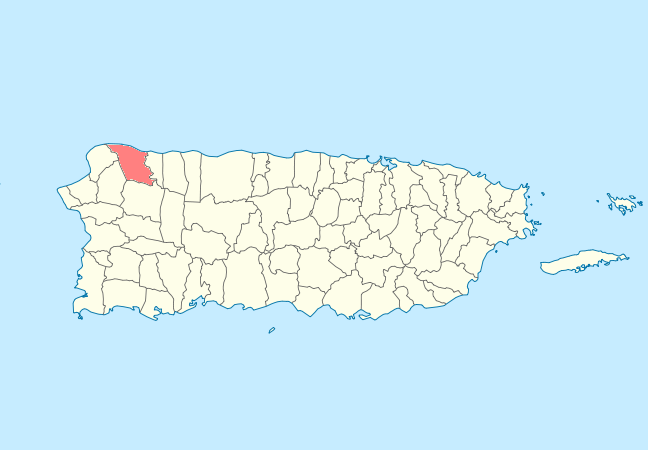
3rd Stop: San Juan
We are just not done with San Juan. We barely scraped the surface of our to-do list of activities and places to visit in Puerto Rico’s capital city, with its diverse combination of awesome beaches, historic sites, and urban culture. So we will be back in Punta Las Marias in mid-March for another month of city and urban beach exploration.
Beto has created scores of videos of our adventures over the past three-plus years for you to check out! From strolling through the pueblo magico Tlaquepaque in Mexico, to exploring the Leather District in Leon, Mexico, to touring a coffee hacienda in the mountains of Puerto Rico, to splurging on a sunset dinner cruise in London, there is so much for you to discover at the Messy Suitcase YouTube channel!

Please subscribe today, and ring the bell to be notified of new videos!